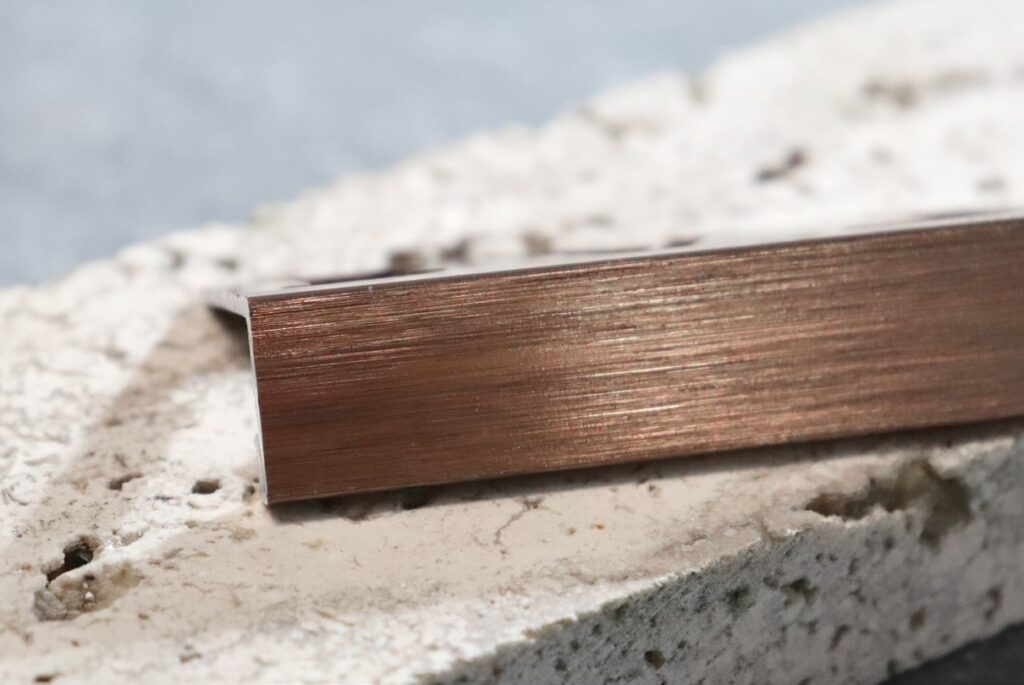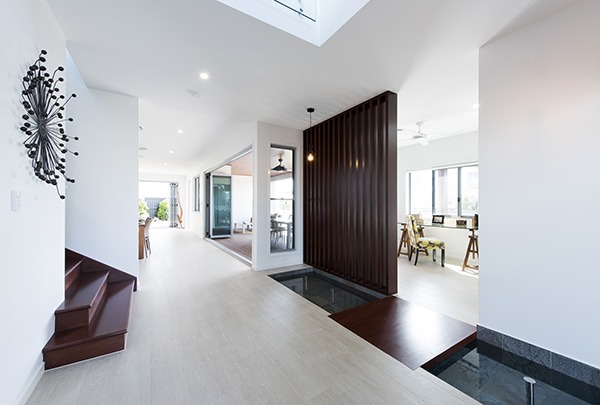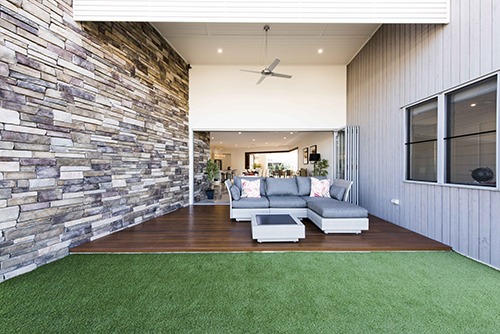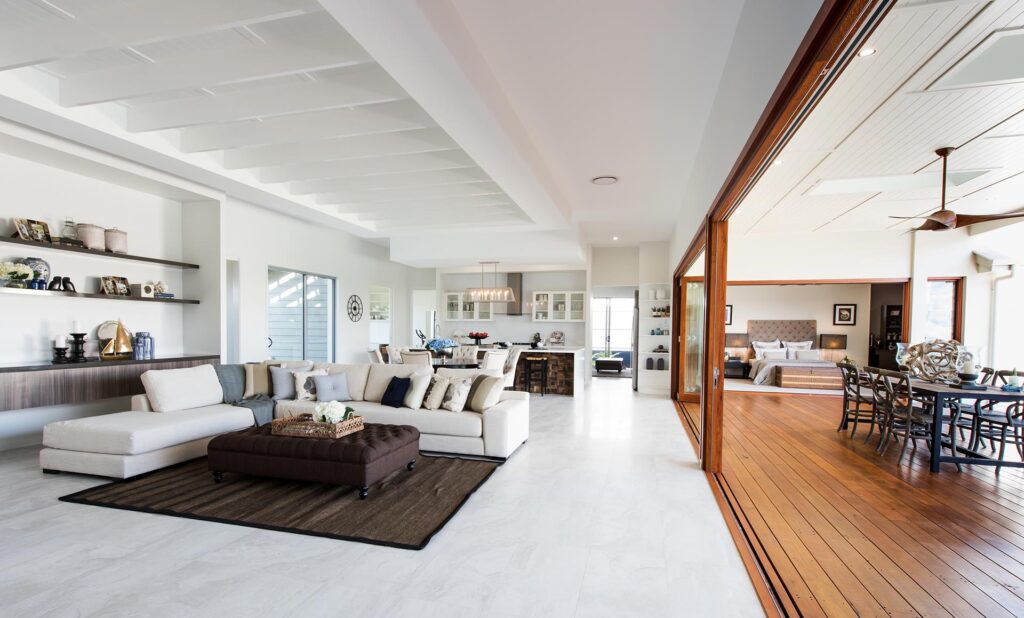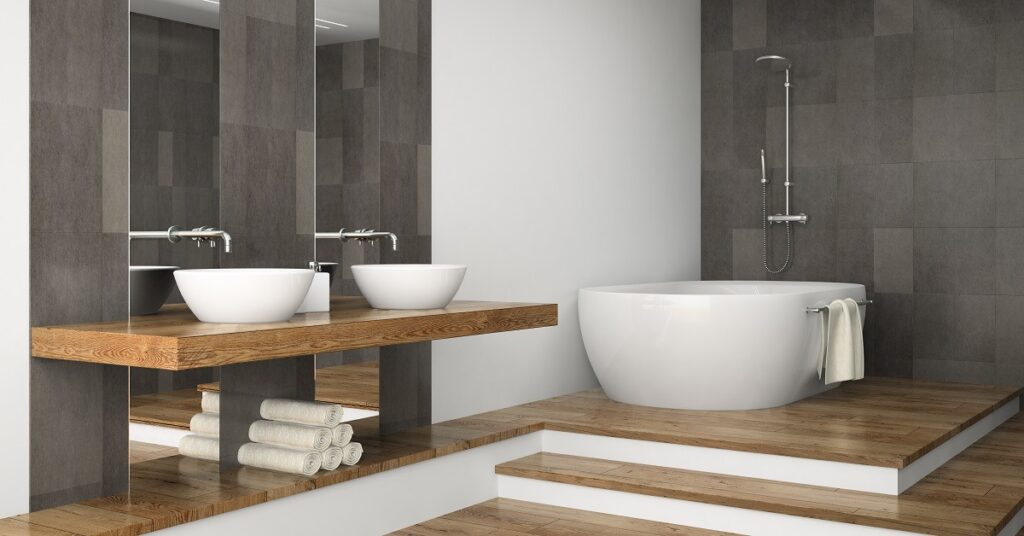
Whether you’re busy planning a renovation or designing a new space, there’s something you may overlook- grout.
Many of us are guilty of spending hours poring over different tiles to find the right fit for our space. But few people consider the grout they’ll be using. Gone are the days of limited colour options, so what is so great about grout and do we necessarily need it?
Simply speaking, grout is the glue that holds tiles in place. It fills the voids between tiles and makes the floor, wall or countertop stronger by bonding the tiles together. It also helps to prevent the edges of each tile from chipping and cracking. In high-traffic rooms such as kitchens and bathrooms that can end up getting messy and wet, the grout between tiles adds to the durability of the floor.
So can you go without grout?
The short answer- no. Even though you may be taken with the ‘no-grout’ look for modern tiles, using no grout is a bad idea. Think of grout as a kind of body armour for your tiles. Without it, you are exposing your surface to harsh conditions that they are not strong enough to handle by themselves.
Grout ensures that nothing can get between the tiles. Even if you did butt the tiles as close as they could possibly get to each other, there would always be some small crevice. Now think of this issue in a kitchen or bathroom situation.Would you rather be cleaning food, dust and water out of a tiny crevice or wiping it off a bit of grout?
A further issue that is sometimes not considered is the fact that tiles will move. You are able to minimize the movement by using different underlayment materials however they will still move. Why are moving tiles a problem? Apart from your floor moving you’ll also be up for some unforeseen costs. Moving tiles that come into contact with each other will end up damaging the tiles causing chips and cracks to occur.
Although the many obvious reasons to use grout, some people don’t think it is needed. This is because many stones are manufactured to be consistently sized. However, there are no guarantees and if they are even a tiny bit different it could lead to uneven lines, especially in larger areas.
The good news is, even though you need to use grout, there are ways you can make it a little more aesthetically pleasing. For example, choose a colour of grout that complements the tile and area or make the grout line as small as possible.


